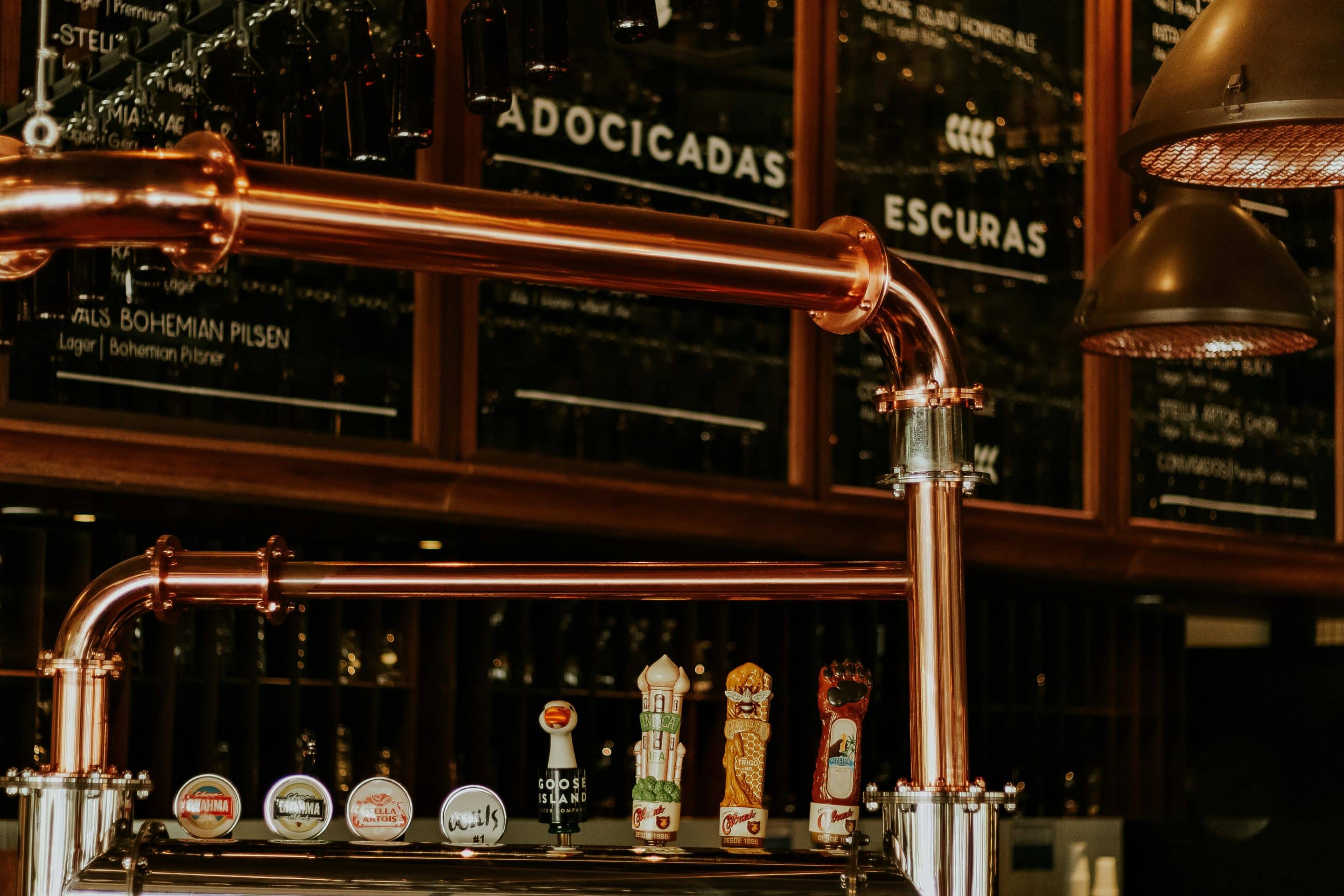Industrial commercial real estate (CRE) is experiencing a dynamic shift. Once dominated by manufacturing and warehousing, these spaces are now being reimagined by a new wave of business types. The demand for flexible, affordable square footage—paired with the ability to customize layouts—has made industrial properties an attractive solution for entrepreneurs, small businesses, and emerging brands. From breweries to fitness studios, here are the top business types taking over industrial spaces in today’s commercial real estate landscape.
1. Microbreweries and Distilleries
One of the fastest-growing tenants in industrial real estate is the craft beverage industry. Microbreweries, cideries, and distilleries require ample space for brewing equipment, bottling, cold storage, and tasting rooms. Industrial warehouses are ideal for these needs, offering high ceilings, concrete floors, and open layouts. Many breweries are now adopting a hybrid business model—combining production with public-facing taprooms—all under one industrial roof.
2. eCommerce Fulfillment and Local Logistics
The explosion of eCommerce has driven intense demand for last-mile delivery and micro-fulfillment centers. Small to mid-size industrial bays are being snapped up by online retailers and third-party logistics providers (3PLs) to house inventory, manage orders, and support rapid delivery. These businesses need spaces close to urban centers with truck access, roll-up doors, and room for packing operations—making industrial CRE a perfect fit.
3. Fitness Studios and Training Facilities
Independent gyms, CrossFit boxes, martial arts schools, and performance training centers are gravitating toward industrial units for their high ceilings, open floor plans, and affordability compared to traditional retail. These spaces allow business owners to customize their layouts with turf, rigs, weightlifting zones, and locker areas. The functional, rugged aesthetic also aligns well with many fitness brands’ culture and image.
4. Creative Makers and Artisans
Industrial flex spaces have become home to artists, woodworkers, furniture designers, and other hands-on creatives. These entrepreneurs benefit from affordable rent, workspace versatility, and zoning that accommodates tools, noise, and occasional visitors. Many industrial properties are evolving into collaborative “maker hubs” that blend production, studio, and retail—all in one unit.
5. Ghost Kitchens and Food Prep Facilities
With the growth of food delivery apps and virtual restaurant brands, ghost kitchens have emerged as a thriving segment within industrial real estate. These commercial kitchens operate without a storefront, instead focusing on delivery and catering. Industrial properties provide the square footage, ventilation capabilities, and utility access required for large-scale food prep operations—often at a fraction of retail kitchen costs.
Industrial commercial real estate is no longer just for warehouses and heavy industry. Today’s industrial spaces are being creatively reimagined by businesses that value flexibility, customization, and lower overhead. As urban areas grow and business models evolve, expect to see even more diverse tenants—from event companies to wellness brands—bringing new life to industrial zones. For investors and landlords, this trend presents a major opportunity to attract high-performing tenants in a modern, post-pandemic economy.





